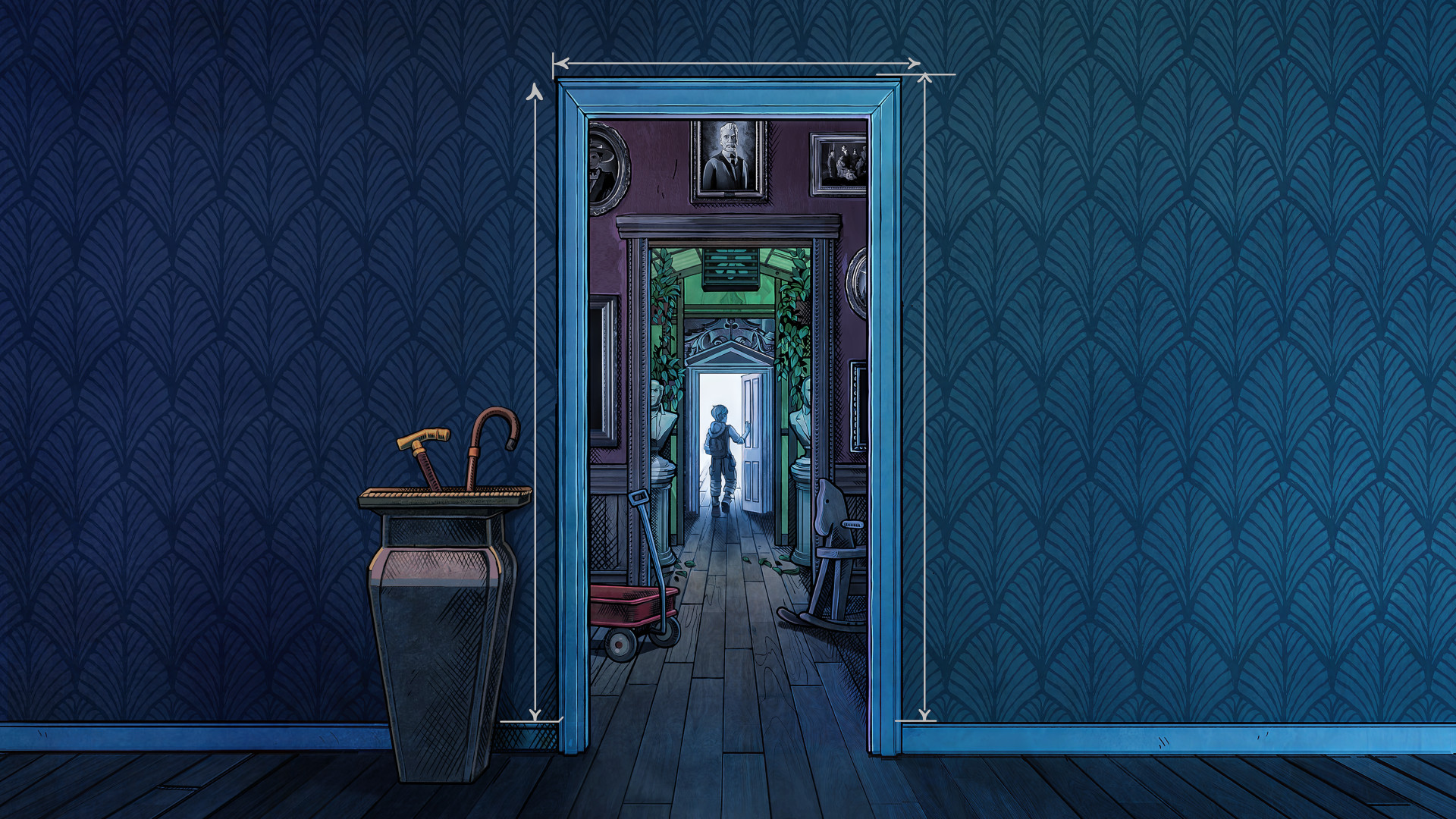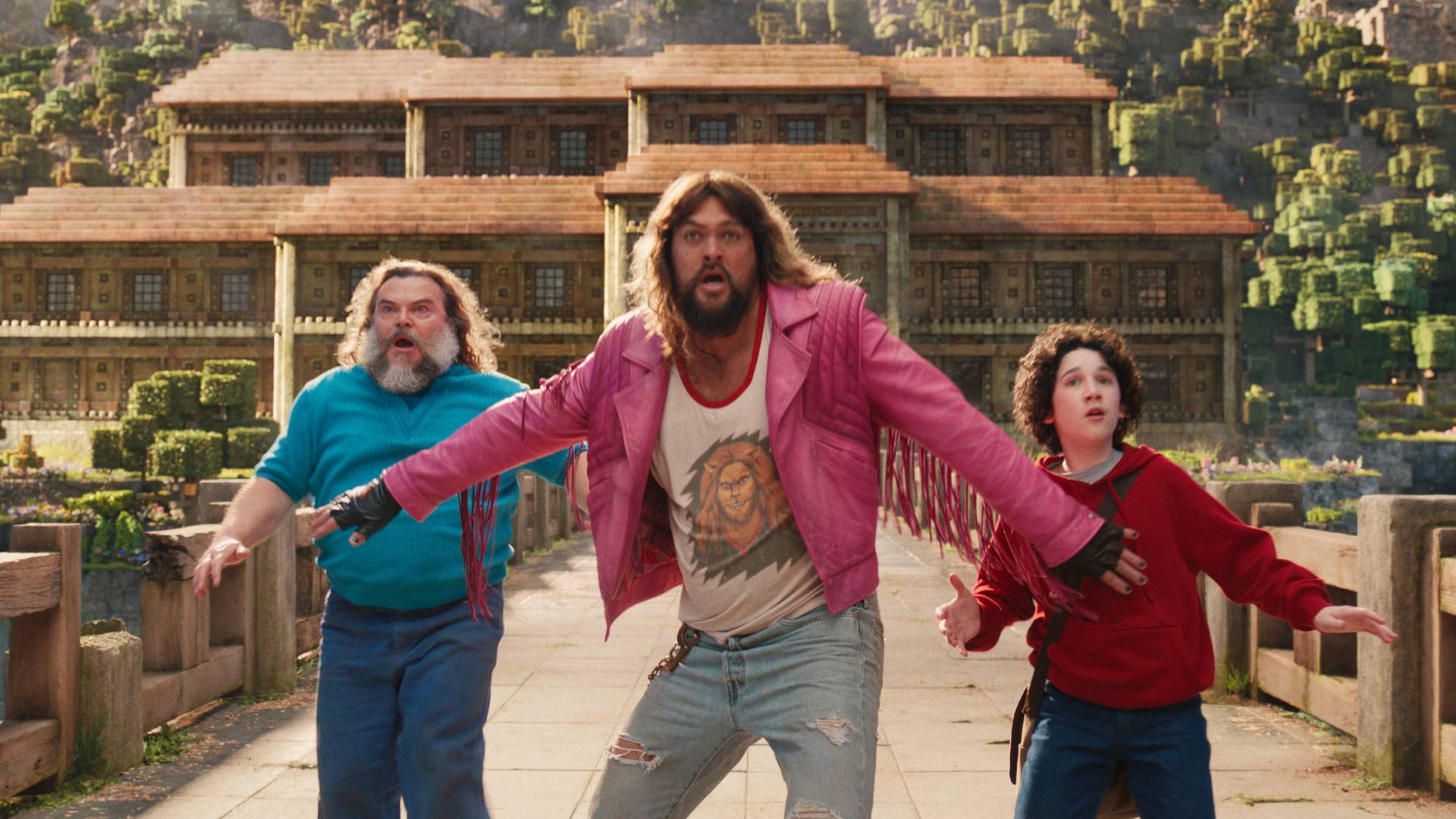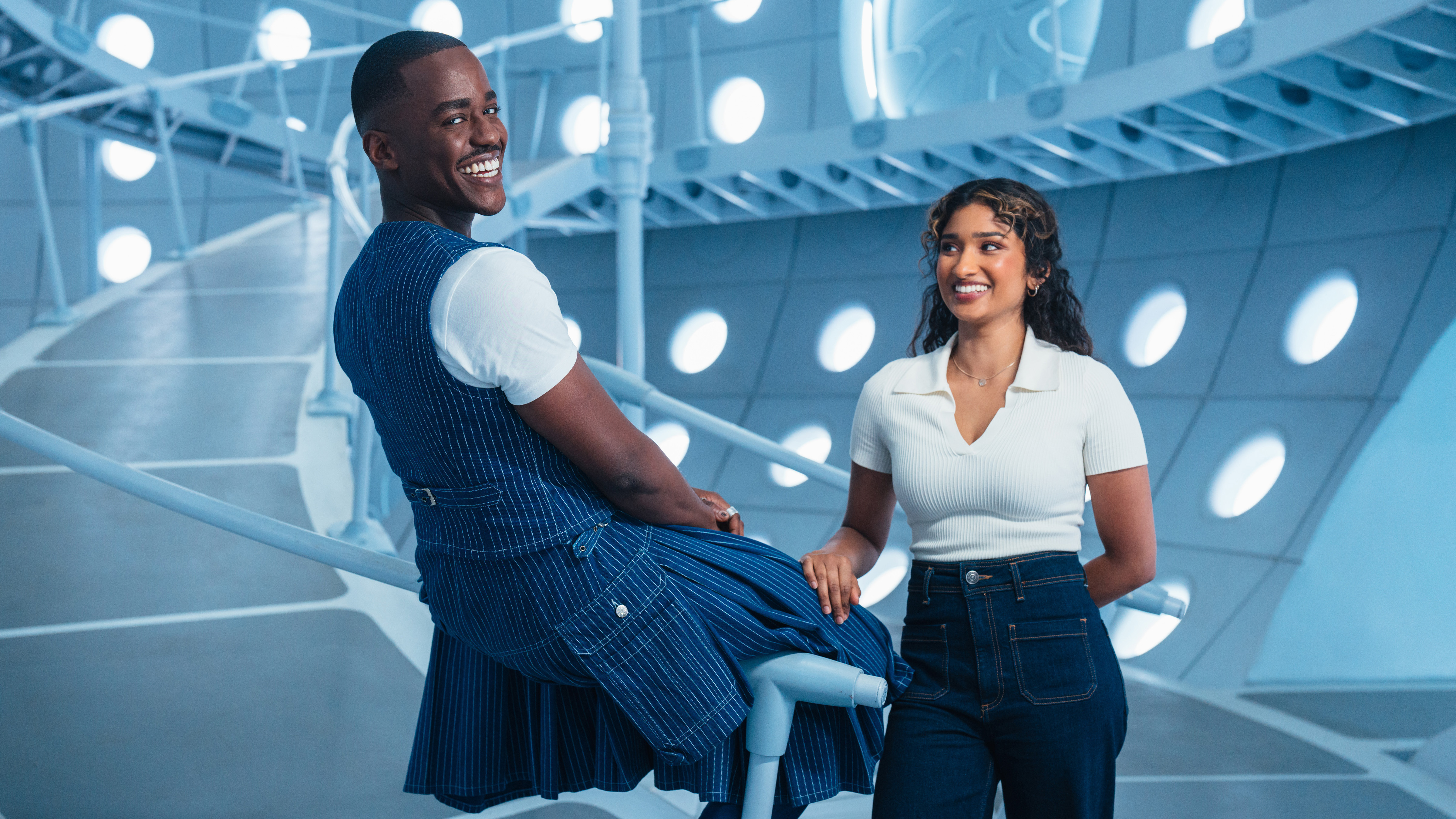Marvel Rivals isn't going anywhere, so Overwatch 2 is stepping up with game-changing perks and a new mode that borrows from Counter-Strike and League of Legends
Preview | The biggest update in Overwatch's history needs to be seen to be believed
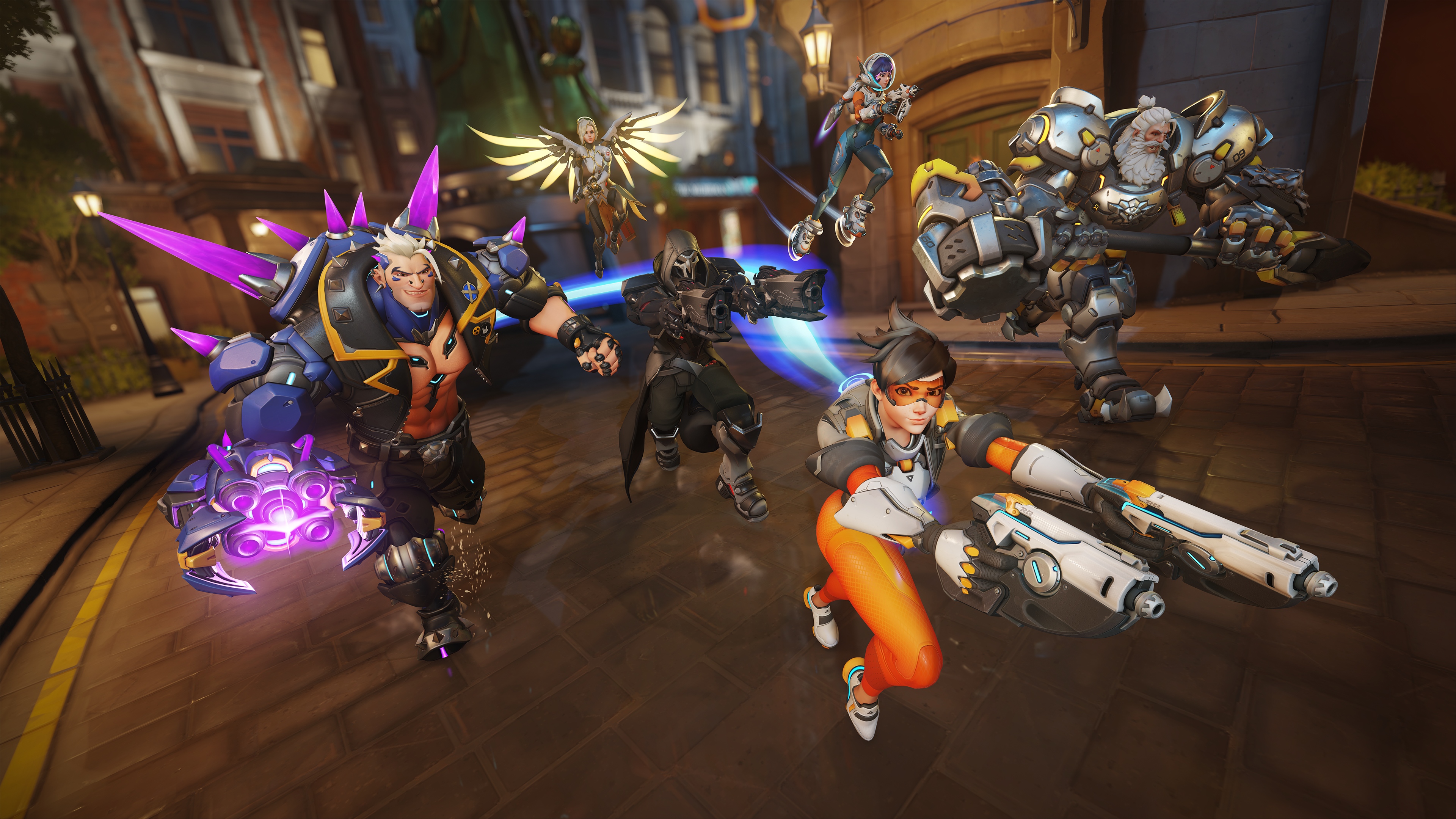
There's no sugarcoating it: Overwatch 2 is in a precarious spot right now. Marvel Rivals has exploded onto the scene and has clearly taken some of Blizzard’s lunch. What was once a mostly uncontested genre, has shifted wildly since the launch of Netease’s hero shooter, which also happens to be propped up by one of the biggest pop culture brands in the world. For the first time since 2016, Overwatch has a real fight on its hands.
But even before Marvel Rivals proved it was here to stay, Overwatch has been struggling. While the game has seen constant updates – making it as consistent as it’s ever been – it’s also been the focus of a lot of ire by those who feel let down by the 2 in Overwatch 2, which didn't deliver on promised PvE elements.
It also doesn’t help that Blizzard didn’t put on a BlizzCon this year, so that avenue where the future of Overwatch would be established wasn’t open. Since latest hero Hazard joined the roster, the well had run dry on what to expect from Overwatch. At a time where Marvel Rivals is running riot, that lack of visibility of the road ahead hurts.
That’s why the Overwatch Spotlight is an integral moment for the franchise. It’s clear that Blizzard has to do something, and it’s clapped back with Overwatch 2's biggest update ever. We got to sit down and play with the game's new perk system, and Stadium mode, two drastic updates to how Overwatch is played and a demonstration of the radical direction Blizzard is taking its hero shooter.
Perks of the job
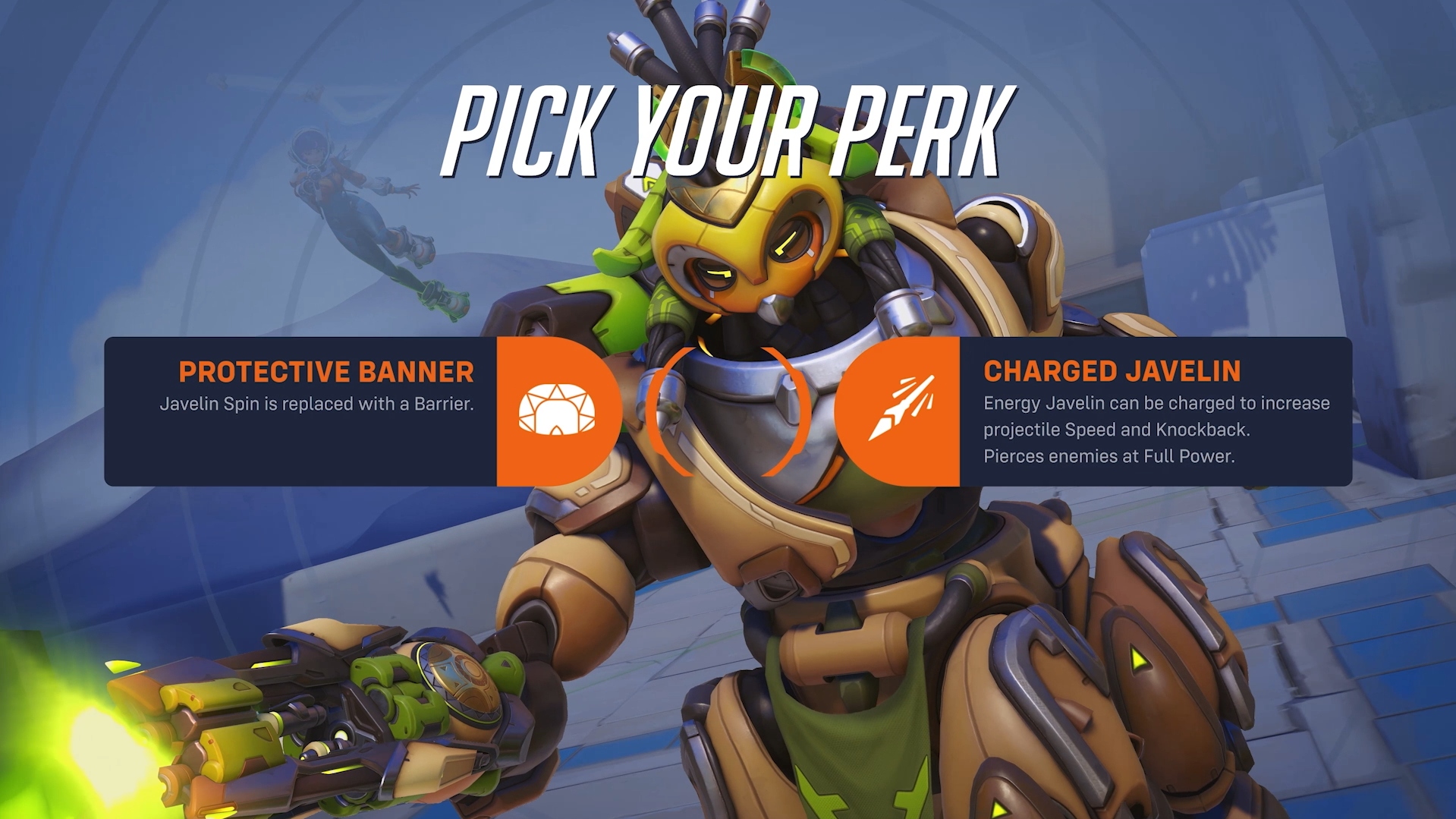
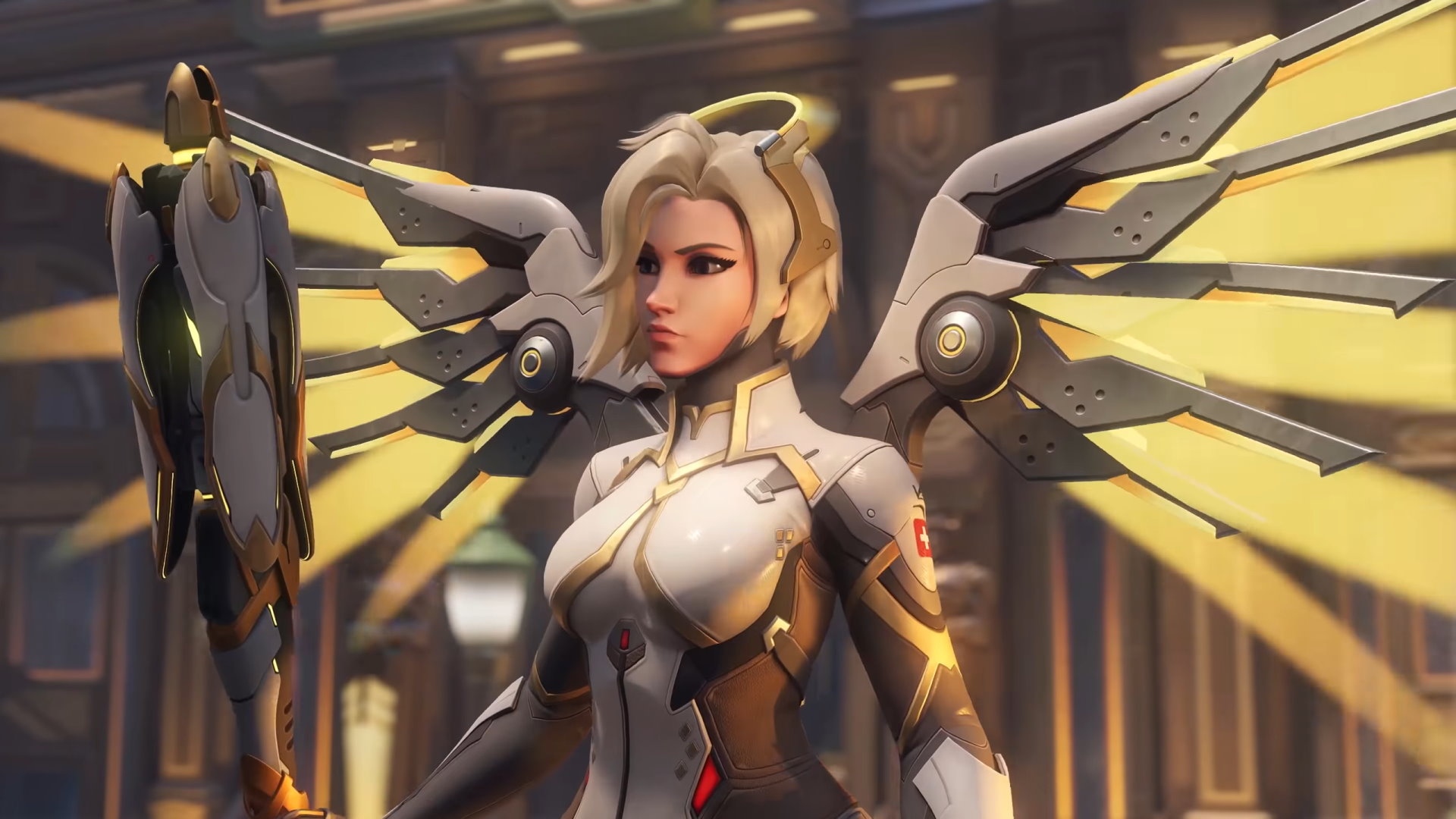
Our Overwatch 2 review reveals what we thought of Blizzard's hero shooter back in 2022
As outlined in the Spotlight, perks are coming with the launch of Season 15. Aaron Keller, the game’s director, contends that it’s the biggest update to how Overwatch is played since the shooter's launch in 2016. As someone with over 2500 hours in Overwatch, I’m inclined to agree.
With perks, players will be able to work toward augmenting their hero in the middle of a match. There are two thresholds to meet, with the first, (minor perks) adjusting smaller aspects and passives of a character’s kit. Major perks, the second you unlock, have a big effect on how a hero functions, drastically shifting the power and abilities available to you. While this isn’t wholly unique, with games like Apex Legends having similar systems, Blizzard has pushed the boat out substantially.
There are some wacky, ingenious and potentially even broken abilities on the table here that really do feel like they shift a hero into a whole different world. Sombra, for example, can use major perks to implement support aspects into her kit. You can pick a perk that lets her hack allies to heal them, or you can choose to double down on the slippery assassin play style, and increase the duration of her hack (with a slight range nerf). Other heroes like Soldier, Winston and Ramattra get in on the healing game too with their own perks – if you choose to go down those routes. Ana can pick between getting critical hits with her sniper or getting a Nano Boost on herself when the ability is used on another hero. Even some forgotten favorites rear their head here, as Orisa Barrier, Reaper Souls, and Lifeweaver’s Flower all make a return.
Sign up to the GamesRadar+ Newsletter
Weekly digests, tales from the communities you love, and more
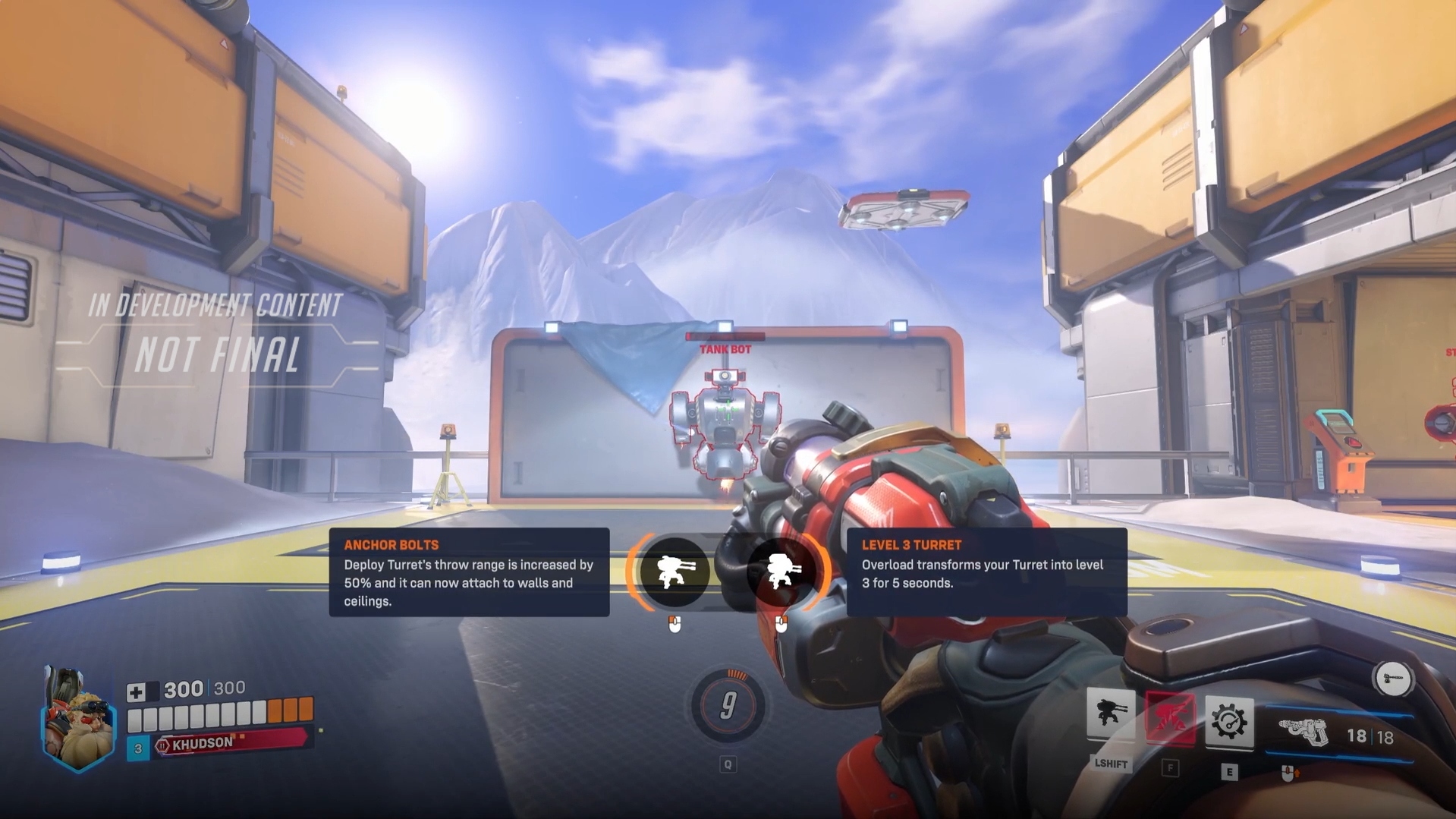
This can all tactically redefine how you play a hero in the middle of a game, and it helps alleviate some of the pressure points felt previously. It’s not necessarily a reality where one ability is better than another. To maximize the effectiveness of perks, you should use them to react to the situation as you need to. Hard counters are softened, and if you’re up against a great player on another hero, you now have options to help mitigate that. It provides a reactivity to heroes that they simply didn’t have before.
Perhaps the wildest thing about perks is that they’re getting released with only a week's warning, straight into the core mode of Overwatch. Historically, Blizzard essentially never messes with the core game, so this is a bold departure in philosophy. There’s going to be a lot for players to learn on day one. With the power of some of the perks, it’s hard not to envision their introduction being a mess – but the kind of exhilarating mess Overwatch has been missing for a while.
Stadium audience
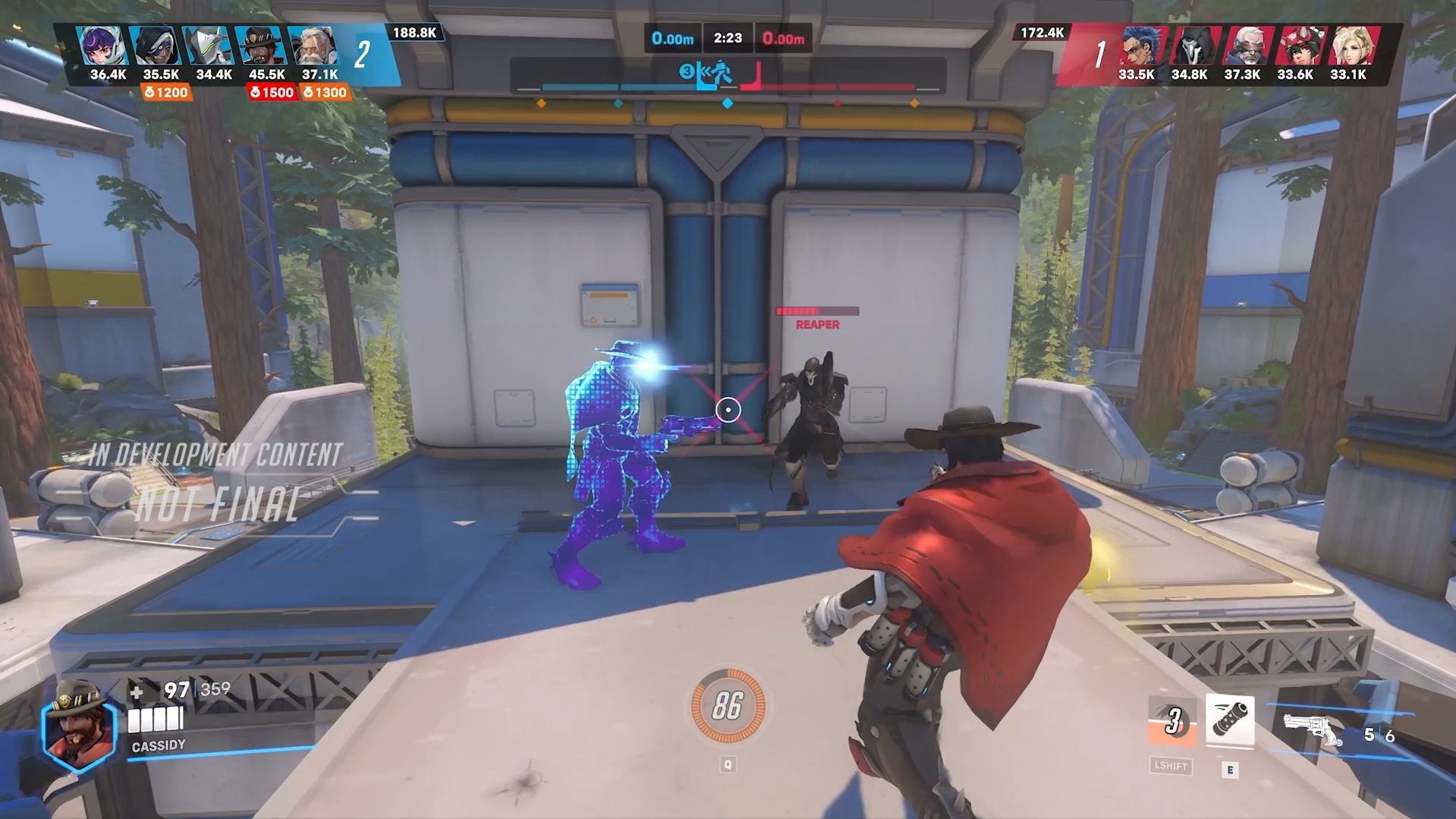
This is a serious new avenue Blizzard is exploring in terms of what it means to play Overwatch
Also unveiled in the Spotlight was Stadium. Overwatch in its history has never introduced a mode like this – something designed to sit alongside the core game. Make no mistake, this isn’t a limited time event that’s fun for a round or two. This is a serious alternative to how Overwatch is played.
Stadium is a glorious mix of influences, all underpinned by the Overwatch characters and world. Think the mods and builds of Deadlock, mixed with the round based nature of Valorant or Counter-Strike: Global Offensive. This is a best of seven 5v5 game mode, where you’ll play shortened versions of recognizable modes. However the twist is, in between rounds you get currency to build out heroes with powers and passives that allow you to deeply customize a character. Perks are one thing, but this is a whole other level. The level of customization is staggering, and is reminiscent of a MOBA where you start with a base character, but depending on what build you want to go into, you can create two vastly different versions of a hero depending on the items you buy and the stats you buff.
Ability power, weapon damage, attack speed, lifesteal and more can all be boosted with augments, allowing you to really choose where you want to buff your power. You also, at certain round thresholds, get access to new powers that are really out there. Reaper can fly, for example, while Lucio can get two boops; Junker Queen can get two swings of Carnage or knockdown enemies she hits with her ult. So in between buying stats upgrades, you’re also further defining your hero with new twists on their current abilities.
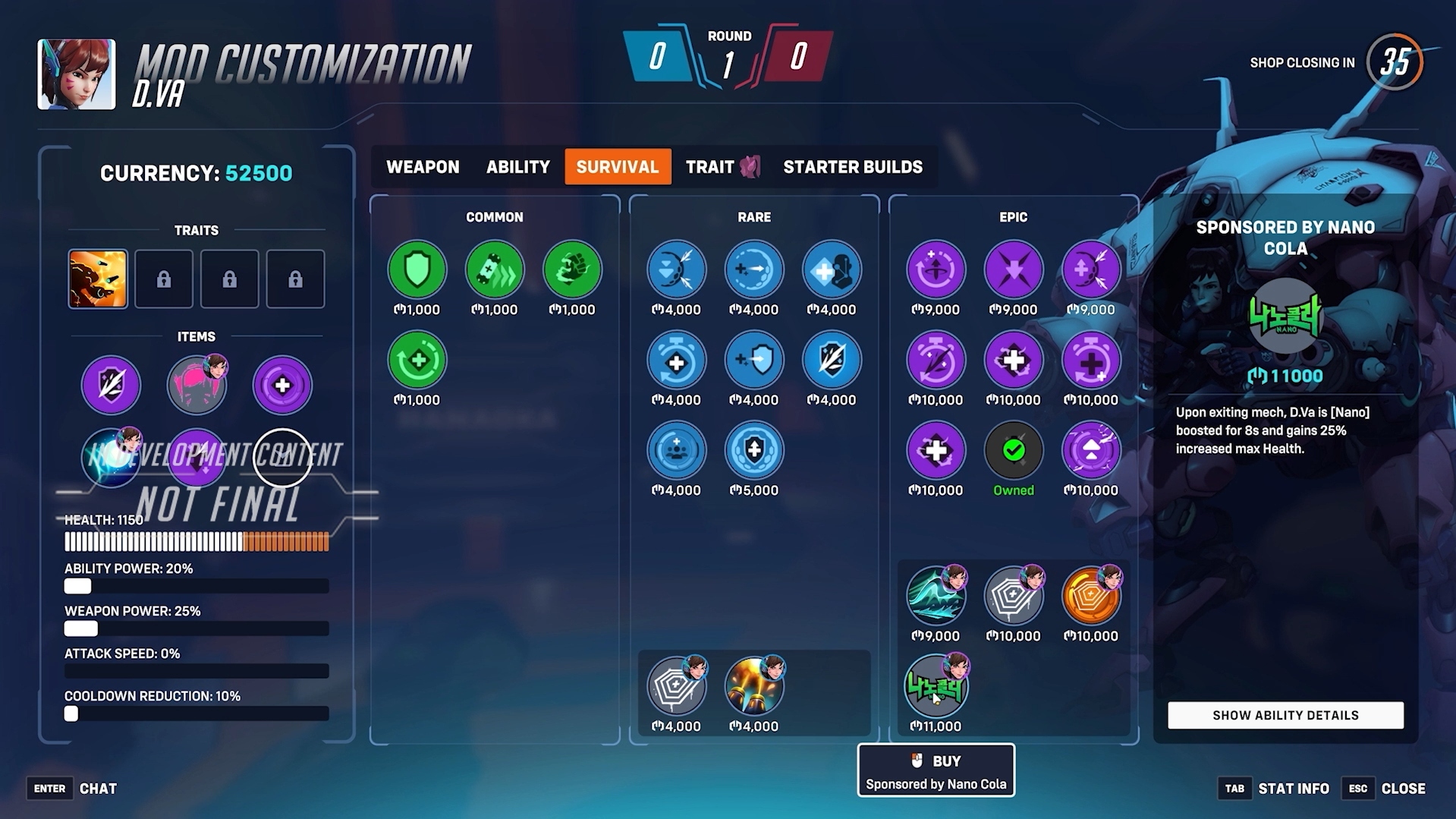
Stadium has so much build potential, and at first it's a little overwhelming to look at. You could, for example, just buy all the health upgrades for Mercy, and make her a borderline tank, or you can take DVA and shift all of the power into her rate of fire. The mode does (thankfully) offer starter build suggestions to follow, but before too long, you’ll be disregarding those. Instead you’ll be figuring out what you need in your current game, reacting to the composition and playstyle of the enemy and trying to build something for the moment.
This is a substantial mode, and it’s clear a lot of work has gone into it, with reworked maps, the UI, and the presentation of it all. This wasn’t made to be disposable. This is a serious new avenue Blizzard is exploring in terms of what it means to play Overwatch. It’s not hard to envision a world where someone becomes a Stadium main over the core experience we’ve been playing for 10 years.
When the mode launches in season 16, it will only have a smaller select number of heroes Blizzard is confident are ready. However, the studio did confirm to me that if the mode takes off, it intends to achieve parity with the main game over time.
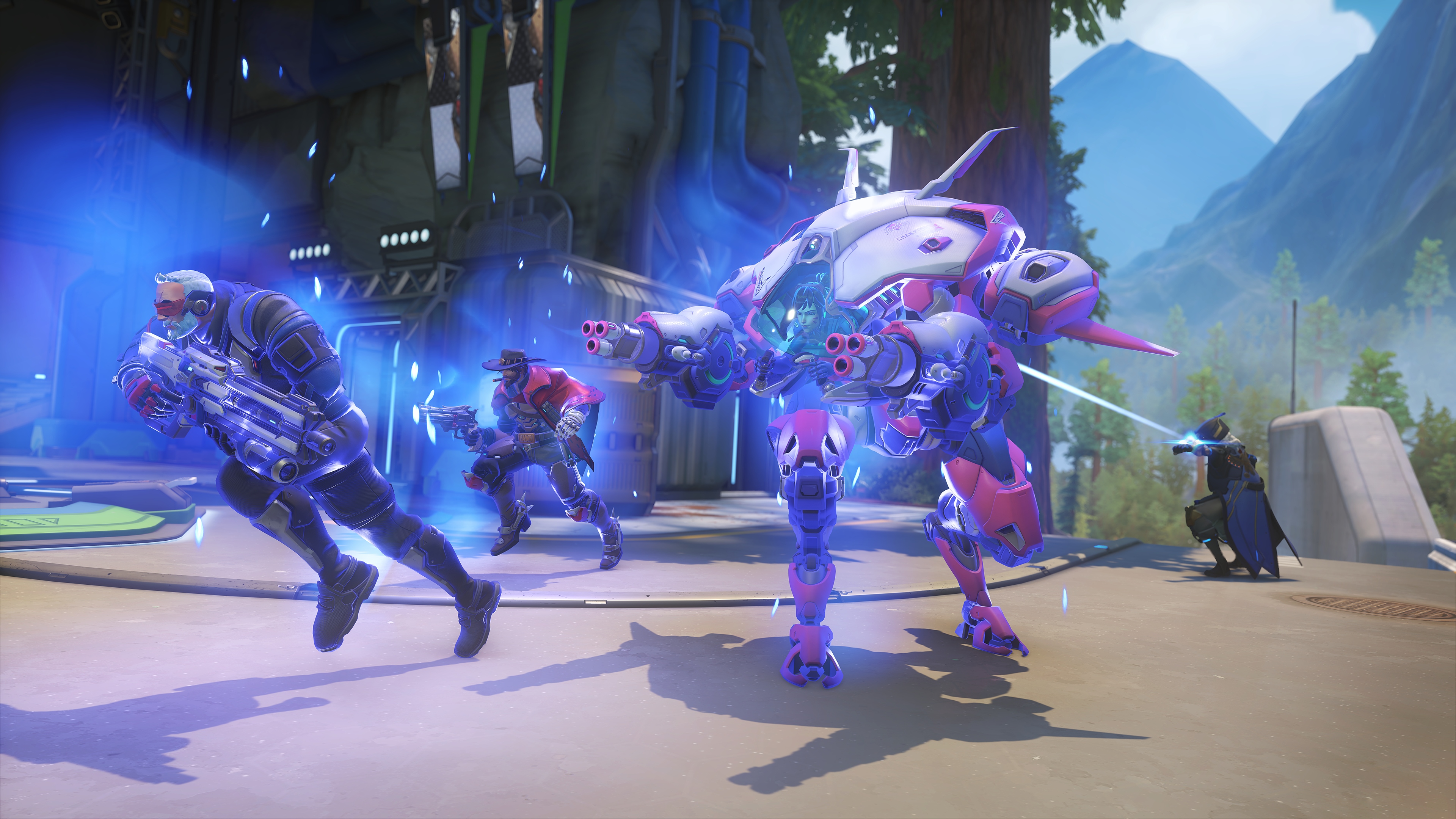
There’s a lot more in the Spotlight that isn’t covered here, but are well worth mentioning. I played Hero 43, a high skill ceiling ranged bounty hunter that’s spooky in the right hands. Long-requested hero bans and map voting features are also coming to the game, a big win for competitive integrity. The point is, there’s a lot here.
This is the big, explosive showing Overwatch 2 needed. Having played with perks and Stadium, something feels different about Blizzard and where its ambitions lie. The studio is taking risks – big creative swings – and being less precious with the way things have always been. It runs counter to the narrative that Overwatch is a waning game, ready to roll over for the fresh competitor. Instead, it feels like there is an energy, philosophy shift and enthusiasm for where the franchise is headed. From what I’ve played, it feels like Blizzard might just pull it off too. In the face of Marvel Rivals, Overwatch 2 is nowhere near ready to throw in the towel – instead, the defining hero shooter is going all-in.
Patrick Dane is the former Guides Editor at TechRadar. He is now a freelance games journalist writing for sites and publications such as GamesRadar, Metro, IGN, Eurogamer, PC Gamer, and the International Business Times, among others. He was also once the Managing Editor for Bleeding Cool.
